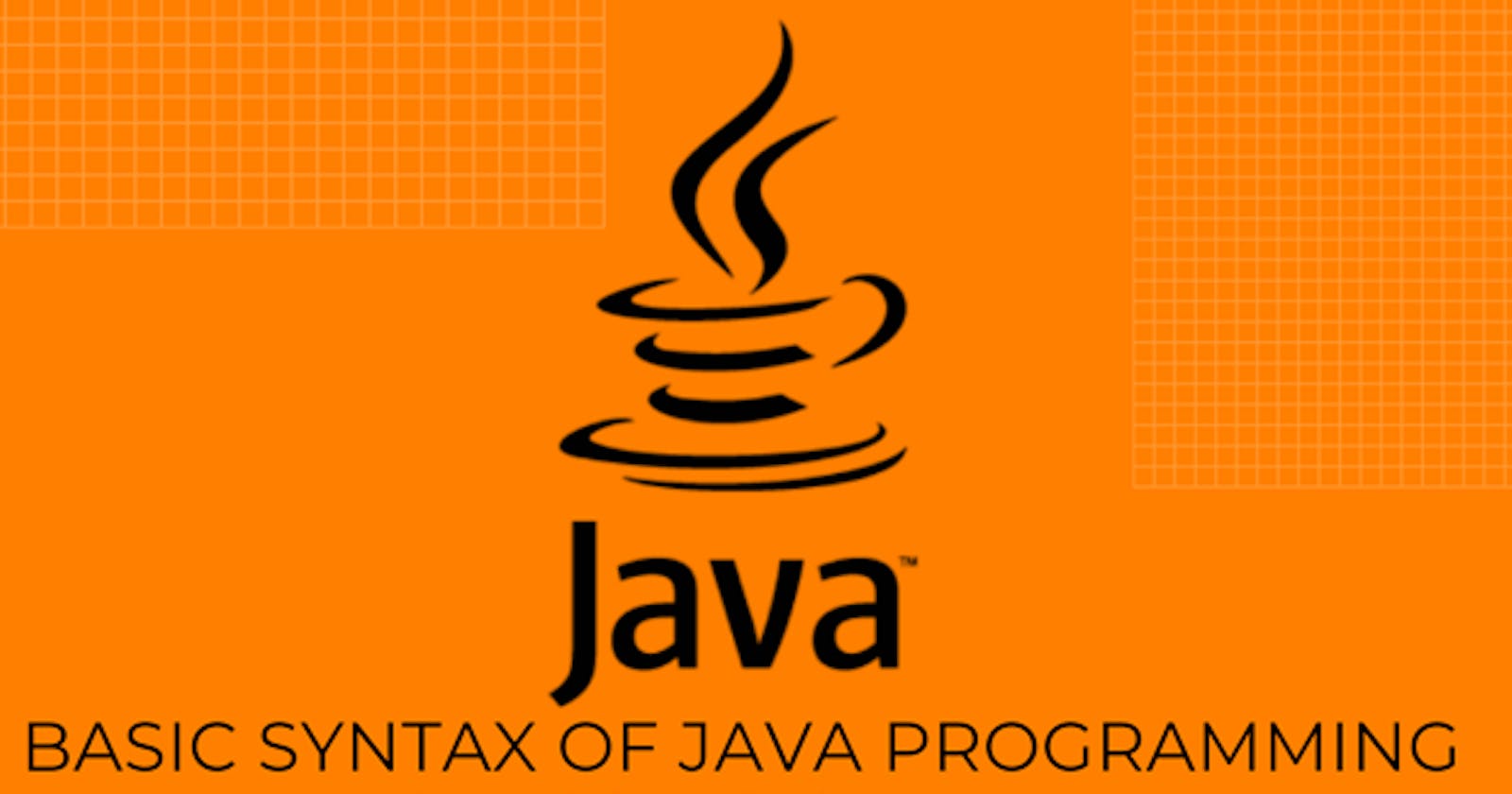The syntax of a programming language refers to the set of rules and conventions that dictate how code should be written in that language. In the case of Java, the syntax is based on the syntax of C and C++, but with some important differences. Here are some key points about the syntax of Java:
Case sensitivity: Java is case-sensitive, which means that variable names, method names, and class names are treated as distinct based on their case. For example, the variable "x" is different from the variable "X."
Class and method definitions: Java code is organized into classes and methods, which are defined using the "class" and "method" keywords, respectively. Classes contain fields (variables) and methods, and methods contain the instructions that are executed when the method is called.
Variables: Java variables are defined using the "type" keyword, followed by the variable name. For example, to define an integer variable named "x," you would write "int x;"
Data types: Java supports a wide range of data types, including primitive types (such as int, double, and boolean) and reference types (such as strings and arrays).
Comments: Java supports single-line and multi-line comments, which are ignored by the compiler. Single-line comments are denoted by two slashes "//" and multi-line comments are denoted by /* ... */
Statements and expressions: Java code is made up of statements, which are instructions that tell the computer to do something, and expressions, which are combinations of variables, constants, and operators that evaluate a value.
Semicolon: Each statement in Java must end with a semicolon.
Curly braces: Java uses curly braces {} to mark the beginning and end of code blocks, such as methods and loops.
Package: Java classes are grouped into packages, which are used to organize code and prevent naming conflicts.
Import statement: To use classes from other packages in your code, you must use the "import" statement to import them.
Overall, Java's syntax is designed to be easy to read and understand, with a clear structure and consistent conventions.

